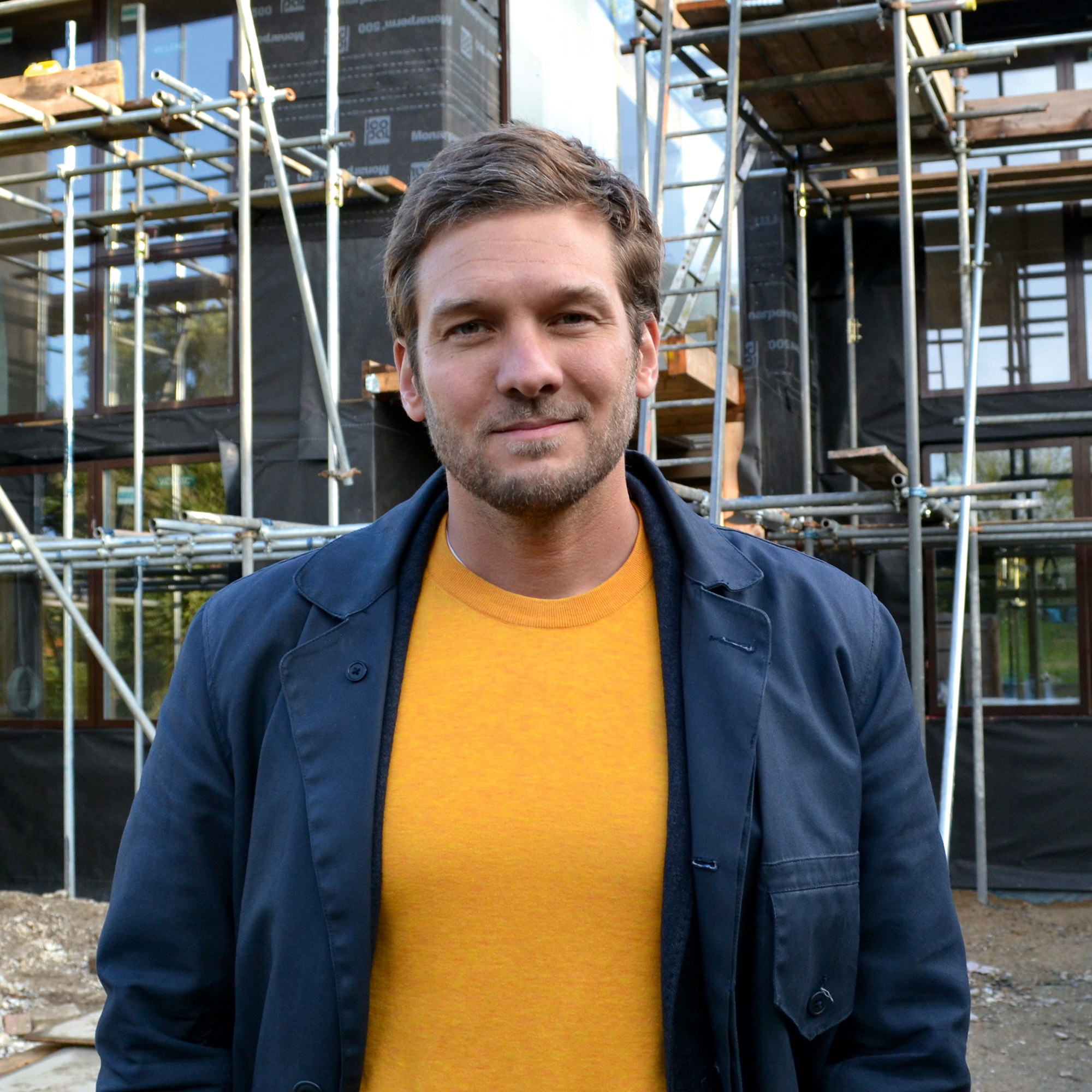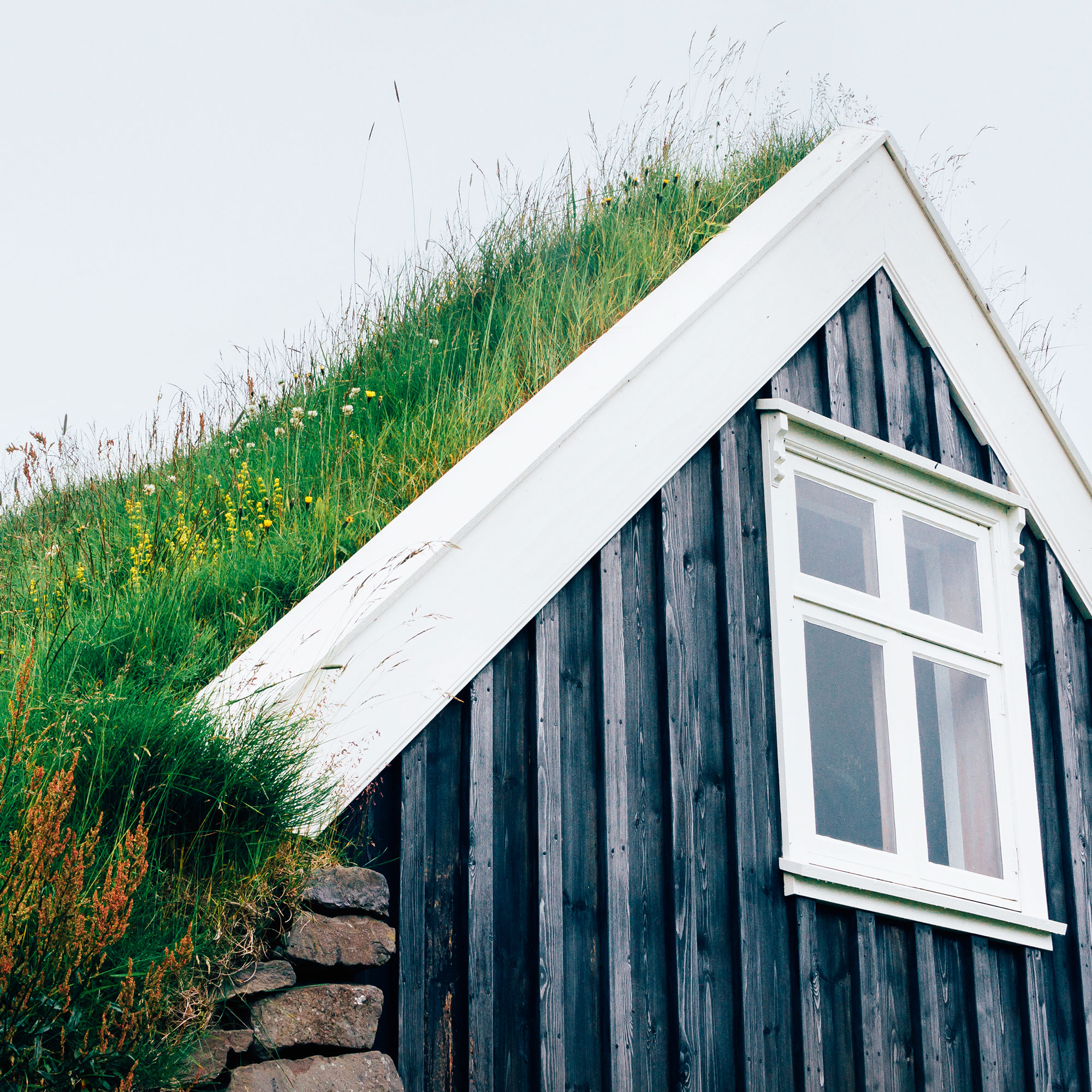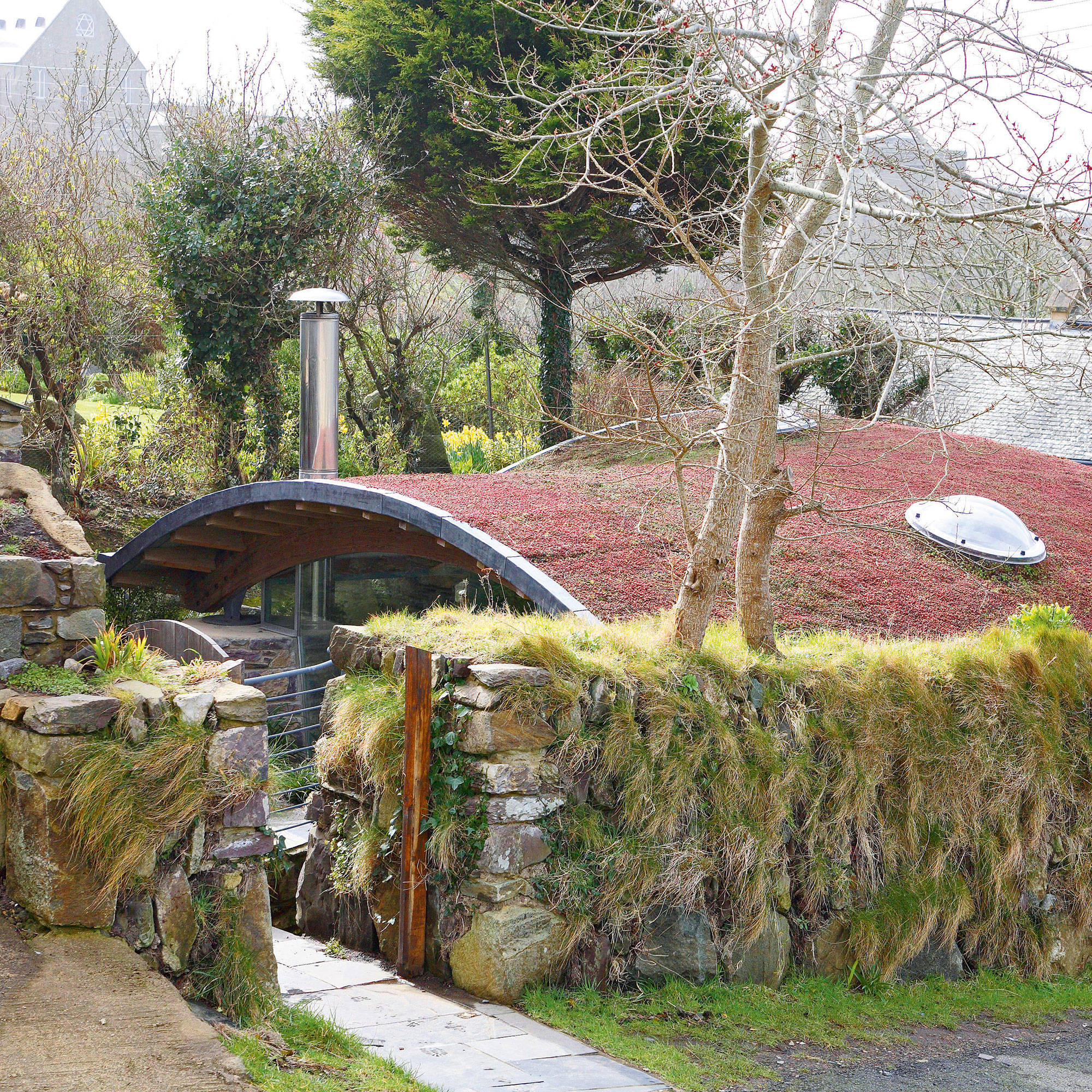Should I build a green roof? Architectural designer Charlie Luxton is a fan
Ideal Home's resident architectural designer Charlie Luxton shares his design know-how


I love a green roof… which is lucky… I live underneath one! They’re an architectural feature that answers many of the challenges of our time be they aesthetic, ecological or environmental, perfectly.
When we seem to be building, building, building over more and more of the world, a growing roof softens the boundary between building and nature with plants, flowers and buzzing insects. This provides not only aesthetic and emotional benefits and with the catastrophic collapse in insect numbers it helps support these foundational members of our ecosystems and provides birds with foraging and habitat. In London green roofs have been crucial in supporting the conservation of Black Redstarts (an endangered species) and in Holland planted bus stop roofs support bee populations.

There have been other, less obvious benefits too. The soil on a green roof slows and stores rainwater helping reduce the pressure on drainage systems from heavy downpours helping to prevent flooding. They reduce heat gain within and around buildings as the moisture stored in the roof soil evaporates, it cools the immediate environment, very beneficial in urban areas. Heat waves and flash flooding are both increasing with our changing climate, a green roof can help mitigate these changes.
By protecting the waterproofing layers of a flat roof against extremes of heat and cold a green roof will extend its lifespan considerably, and include a 30-40 year warranty. Always go to an established, reputable company and diligently follow the installation/design guidelines as a leaking green roof is very, very painful and expensive to resolve.
Green roofs can be classified into two main types. Extensive systems have a thin layer of soil and are planted with sedums and other succulent/alpine type plants. They are lighter and thinner so more affordable but can be susceptible to drought as there is less soil to store moisture.
Intensive or living roofs have a thicker soil layer, which can support wild flowers and more biodiversity as well as being more drought resistant, but are heavier and thicker which needs careful consideration at design stage.
Structure is certainly a consideration with the additional weight from soil, especially when damp, needing to be factored in. In most cases an extensive green roof will not stress a roof beyond its strength limits due to the 'snow load’ structures that have been factored in but ALWAYS check with a structural engineer before installing. Intensive roofs are a different beast and need to support a heavy load of soil and water.

One thing that I would always recommend is a little bit of irrigation pipe laid onto the roof before seeding/planting. This need not be complicated. I installed the system on my roof and I am certainly no plumber. My system is a drip pipe and a simple manifold which I turn on manually for an hour or so if it has been very dry, either first thing in the morning or late at night. I appreciate it is using fresh water but it provides a little haven of lush vegetation for wildlife when elsewhere is dry. The evaporation also keeps the house cool which can help mitigate the need for mechanical cooling so has multiple benefits.
When it comes to planting and maintaining your first green roof, it can feel like a step into the unknown but it is all fairly simple. First make sure you get the right soil, don’t just dig it out of the garden and dump it on the roof. There are special soil mixes for roofs that have lightweight and absorbent material to hold moisture whilst keeping the weight down. Once installed with the right drainage layers and membranes below the next decision is to either install a grown roof-roll or cast seeds. Specialists grow plants on mesh layers that are lifted and rolled up, like a living carpet, which are delivered to site for immediate installation and results. For an extensive sedum roof this is the best route. For an intensive wildflower roof you can also get a pre-grown mat but it does get expensive, alternatively you can simply prepare the ground, sow seed and then be ready to weed for a year or two, more work but much, much cheaper!
Once established green roofs are fairly self sufficient, an intensive sedum roof will benefit from a weed and feed once or twice a year while an intensive roof needs a bit of weeding and crucially cutting down at the end of summer, with the resultant hay being left for a week or so whilst the seeds drop. Following that the hay needs to be raked up and removed so as not to enrich the soil. Remember you will need occasional access to the roof so think about this during design and construction.
Get the Ideal Home Newsletter
Sign up to our newsletter for style and decor inspiration, house makeovers, project advice and more.

Charlie Luxton is an architectural designer who juggles his roles as director of Charlie Luxton Design, TV presenter and public speaker. Charlie regularly gives talks and presentations to a wide range of audiences about all aspects of the built environment and sustainability.
Charlie is passionate about the environment and communicating his enthusiasm for sustainable architecture and design. He has combined his design work with writing and presenting television programmes for the last twenty years and fronts Building the Dream and Homes by the Sea for More4, amongst others.
-
 Will a conservatory add value to your home and how can you maximise it?
Will a conservatory add value to your home and how can you maximise it?This is what the pros say
By Amy Reeves
-
 I’ve been looking for a new signature scent for my home and The White Company's new fragrance is the exact summer holiday smell I needed
I’ve been looking for a new signature scent for my home and The White Company's new fragrance is the exact summer holiday smell I neededSantorini smells fresh, summery and sophisticated
By Kezia Reynolds
-
 How to remove algae from garden walls in five steps – and the cleaning product experts rave about for tackling it fast
How to remove algae from garden walls in five steps – and the cleaning product experts rave about for tackling it fastExperts share their top tips for getting garden walls algae-free
By Katie Sims